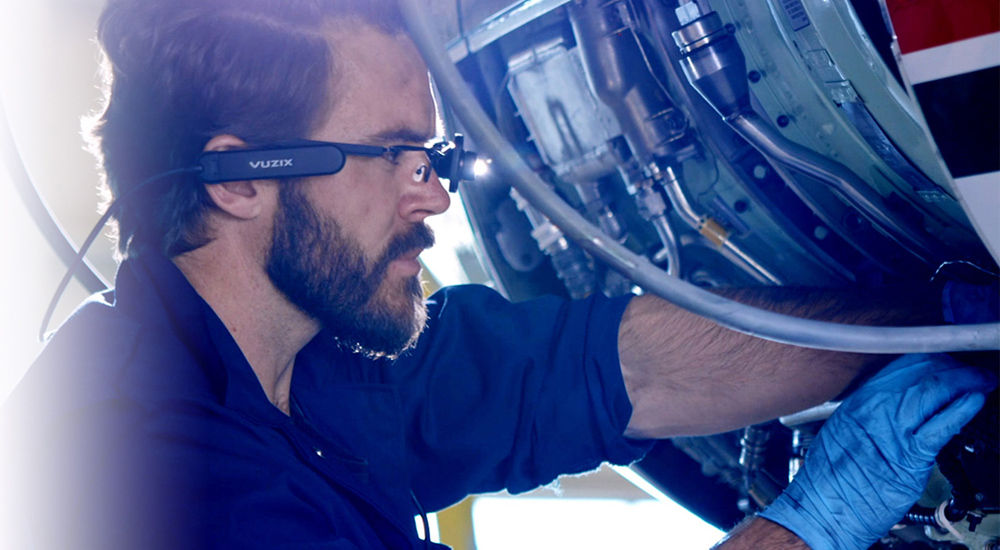Today, the DX (digital transformation) wave is upon us in each field of industry. One of the objectives of the manufacturing industry as it aims for "Industry 4.0" (the fourth Industrial Revolution), is smart factories. Through the collection and analysis of a variety of on-site data, smart factories create a more advanced production process.
This is expected to lead to faster decision making in manufacturing plants and the supply chain, as well as the creation of new business. The first step to making this happen is digitalization of the individual operations at manufacturing sites.
















